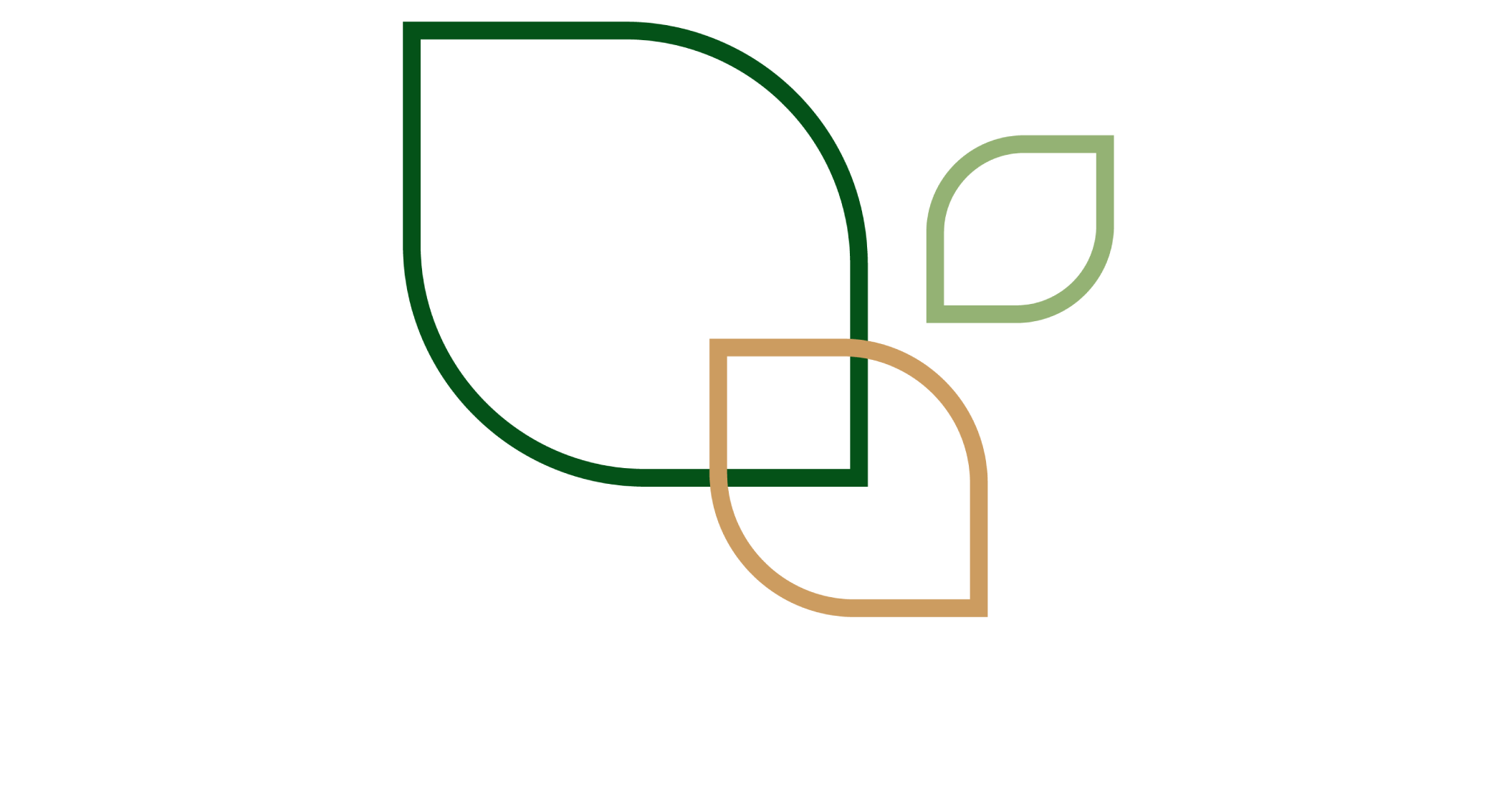Aromatase Inhibitors for Men: Effects on Hormone Balance
Mazzola and colleagues12 reported that men with hypogonadism and LH values ≤ 6 IU/mL are the ideal candidates for treatment with clomiphene. Aromatase inhibitors (AIs) are a class of drugs designed to block the enzyme aromatase, which converts testosterone into estrogen. Common aromatase inhibitors include anastrozole, letrozole, and exemestane. These drugs are primarily used in clinical settings to https://www.pompesfunebresmartin.com/growth-hormone-understanding-its-role-and-benefits/ treat estrogen-receptor-positive breast cancer in women, but they’re also used off-label for men on TRT to control estrogen levels. This review highlights several compound classes that may act as aromatase inhibitors (e.g., flavones, flavanones, chalcones, and xanthones) and other structural classes that are less active.
Q:Do Estrogen Blockers Increase Testosterone?
- Testosterone deficiency is a serious condition in men where more testosterone is needed to enable normal physiology.
- These compounds bind to the enzyme’s active site or deactivate it permanently, depending on their structure.
- After 12 months of study, fasting glucose and insulin levels were not altered by any of the treatments.
- Low sexual desire is a common side effect of many widely used medications, including a group of antidepressants called selective serotonin reuptake inhibitors (SSRIs).
- AndrogenHacker is a resource run by me, David Becker, that teaches men how to increase their testosterone levels using principles from biohacking, auto-analytics, and unbiased science.
Men with reduced testosterone levels are subject to increasing weight gain, depression, loss of muscle mass and erectile dysfunction among others. Aromatase inhibition could be an alternative to testosterone administration to mitigate declining androgen production in hypogonadal older men. Unlike testosterone replacement, aromatase inhibition lowers circulating estradiol levels, which potentially prevents adverse effects of testosterone supplementation. Burnett-Bowie et al. investigated the efficacy and safety of the synthetic aromatase inhibitor anastrozole to treat hypogonadism in aging men.
As such, natural product AIs may be important for the translation of AIs from their current clinical uses as chemotherapeutic agents to future clinical uses in breast cancer chemoprevention. New natural product AIs may be clinically useful for treating postmenopausal breast cancer and may also act as chemopreventive agents for preventing secondary recurrence of breast cancer. If high estradiol levels go unchecked in a male patient complaining of breast sensitivity or pain they can develop male breast enlargement, a condition called gynecomastia. Gynecomastia is a serious problem because once the breast tissue develops it requires surgical removal. For many years it was accepted that hormone replacement therapy with oestrogen could partly reverse the increase in cardiovascular risk occurring at menopause. However, the cardioprotective effects of exogenous oestrogen have now been called into question (Hulley et al, 1998; Women’s Health Initiative Steering Committee, 2004).
Hormonal Imbalance and Side Effects
In addition, several natural aromatase inhibitors may be useful for men with metabolic syndrome accompanied by increased estrogen and decreased testosterone concentrations. They may be particularly useful as an adjunct to testosterone therapy in these patients. When testosterone is converted to estrogen, it can cause unwanted side effects, such as gynecomastia (male breast tissue development), mood swings, and water retention.
What are hormones and hormone receptors?
Of these, naringenin (5,7,4′-flavanone, 59) has been tested most often and has shown strong to moderate aromatase inhibition activity in microsomal testing 118, 119, 123, 124. Naringenin (59) was less active in H295R adenocortical carcinoma cells 127. The (2S) stereoisomer of naringenin (59, isolated from Broussonetia papyrifera Vent.) 135 was less active than naringenin (59) when no stereochemistry was indicated. Reports of activity for unsubstituted flavone (19), a natural product derivative, have ranged from moderately active (8 μM IC50) 122 to inactive (375.0 μM IC50) 128 in microsomes.
Normally, only a handful of these spots are “reserved” for estrogen; the rest are for androgens like testosterone and DHT. But when a sudden influx of estrogen cars swarm the parking lot, they “steal” those androgen vehicles’ parking spots. Two food sources that have high amounts of polyphenols are sesame seeds and pomegranate seeds. Pomegranate, in particular, is very powerful and studies show it can increase testosterone by 24% on average after subjects consumed it for 2 weeks (source). There are certain types of seeds that contain high amounts of something called polyphenols. Polyphenols are found in plants and seeds and are essentially an antioxidant that can bring us many health benefits.
